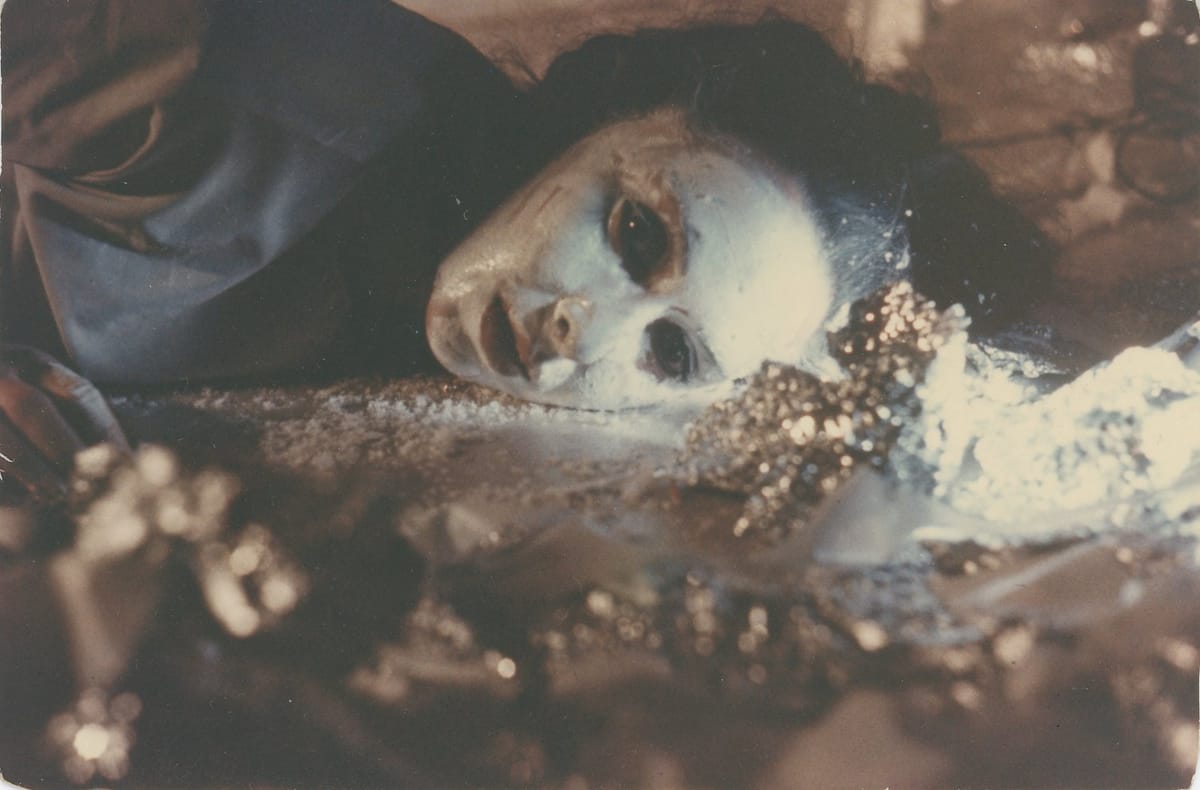Reviews

EAI has been at the forefront of producing, distributing, curating, and exhibiting video art for more than five decades now. In recent years the pioneering institution has been active in organizing online shows. Their latest effort is a significant achievement, centering an influential artist and her formidable legacy: Carolee Schneemann.
This post is for subscribers only
Subscribe now and have access to all our stories, enjoy exclusive content and stay up to date with constant updates.
